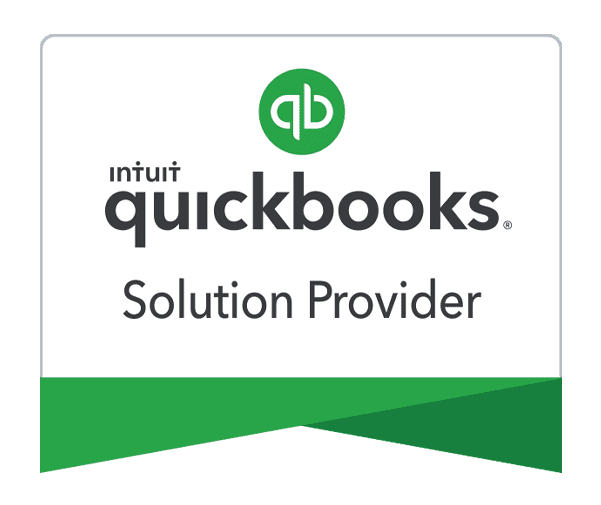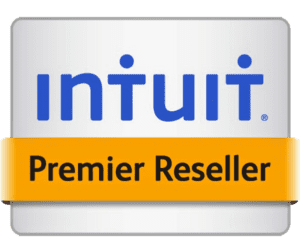Mar Canto
Businesses often grapple with creating engaging experiences for their users. The challenge lies in integrating user-focused digital interfaces with physical service touchpoints.
Statistics show that businesses that prioritize UX and service design experience higher customer satisfaction. For instance, companies that utilize UI/UX design services see a 35% increase in customer engagement.
This article explores how UX design evolves into service design. We explore the overlap and challenges in the transition.
UX Services
Source: generated with DALL-E 3
To make this concept tangible, consider the following core objectives:
- Usability. Interfaces that are easy to navigate allow users to accomplish tasks efficiently.
- Delight. Elements of surprise and joy enhance the overall user experience. They make interactions enjoyable and memorable.
- Interactivity. Responsive elements encourage users to take actions and explore the digital environment.
- Consistency. A uniform look helps users build familiarity and confidence with the interface.
- Feedback. Clear feedback to users guides them through the digital experience.
Service Design
Source: generated with DALL-E 3
Tools and Methods Unique to Service Design:
- Service blueprinting. A visual representation of all aspects of a service process. Mapped out interactions between customers and touchpoints.
- Customer journey mapping. Visualized the end-to-end customer experience to identify pain points and areas for improvement.
- Multi-team collaboration. Various departments, like marketing and customer support, to align on service design strategies. It ensures a consistent customer experience across all touchpoints.
The Overlap Between UX/UI Design Services and Service Design
The boundaries between UX services and service design are not rigid. They share common goals and methodologies that improve interactions. This section explores how these two disciplines intersect.
| Aspect | UI/UX services | Service Design | Overlap |
| Focus | Interaction with digital interfaces. | Designing end-to-end service experiences. | Both aim to enhance the overall experience for the user/customer. |
| Scope | Primarily digital touchpoints (e.g., websites, apps). | Both digital and physical touchpoints. | Both consider touchpoints where users interact with a product or service. |
| Goal | Usability, accessibility, and enjoyment of interfaces. | Seamless service delivery across all channels. | Both strive for simplicity, effectiveness, and user satisfaction. |
| Tools/methods | Wireframes, prototypes, usability testing. | Service blueprints, customer journey maps. | Both use journey maps to visualize user/customer interactions. |
| Key stakeholders | Designers, developers, users. | Stakeholders, employees, customers. | Both involve collaboration across disciplines to achieve outcomes. |
| Deliverables | UI designs, interaction flows, prototypes. | Process diagrams, service prototypes, policies. | Both provide actionable frameworks for improving user/customer interactions. |
| User-centricity | Prioritizes user needs in digital contexts. | Addresses customer needs in broader contexts. | Both emphasize a deep understanding of user/customer behaviors and expectations. |
| Research methods | Usability testing, A/B testing, analytics. | Ethnographic studies, co-creation workshops. | Both leverage user research to inform design decisions. |
| Systemic thinking | Considers interactions within a digital system. | Examines the entire ecosystem of a service. | Both recognize the importance of systems thinking in creating cohesive experiences. |
Challenges in Transitioning
The integration of UI design service and service design presents several challenges for organizations. Below, we explore how to address these challenges.
| Challenge | Description | Impact on Transition | Possible Mitigation |
| Scope misalignment | UX focuses on specific digital touchpoints, while service design considers the broader ecosystem. | Difficulty expanding from interface-level thinking to system-level considerations. | Training in systems thinking and exposure to service design methodologies. |
| Stakeholder engagement | UX teams typically work with users and developers, while service design involves a wider stakeholder base. | Lack of experience managing complex stakeholder dynamics can hinder service design processes. | Develop cross-functional collaboration skills and engage stakeholders early in the process. |
| Toolset differences | UX relies on wireframes and prototypes; service design uses service blueprints and process diagrams. | A UX designer may struggle with unfamiliar tools and frameworks used in service design. | Cross-train in service design tools like journey mapping and blueprinting. |
| Mindset shift | UX emphasizes usability and interface design, while service design focuses on systems and processes. | Transitioning from task-based thinking to holistic experience design may feel overwhelming. | Encourage iterative learning through hybrid projects that combine UX and service design elements. |
| Data complexity | UX primarily analyzes user interactions; service design deals with complex, multi-channel data. | Difficulty integrating and analyzing diverse data sources to inform decisions. | Leverage tools and practices for synthesizing qualitative and quantitative data. |
| Collaboration challenges | UX often involves smaller, focused teams; service design requires cross-departmental collaboration. | Potential friction between teams with different goals, timelines, and workflows. | Foster a culture of collaboration and shared objectives across teams. |
| User vs. customer perspectives | UX targets users of a specific interface; service design considers broader customer and employee experiences. | Overlooking non-digital touchpoints or internal processes critical to service design. | Broaden research focus to include end-to-end experiences and all stakeholders in the service ecosystem. |
| Outcome measurement | UX measures success via usability metrics; service design evaluates the overall service efficiency. | Difficulty aligning metrics to measure service performance holistically. | Define shared success metrics that encompass both UX and service design outcomes. |
| Cultural adaptation | UX teams may not be familiar with the organizational change required in service design initiatives. | Resistance to adopting service design practices or methodologies within traditional UX-focused teams. | Introduce gradual organizational change with leadership support and clear communication of benefits. |
| Resource allocation | UX projects may focus on shorter timelines; service design requires deeper investments in time and resources. | Tension between quick wins and long-term improvements in service ecosystems. | Balance short-term UX improvements with long-term service design strategies through phased implementation. |
Conclusion
In conclusion, understanding when UX design evolves into service design is crucial for businesses today. Embracing this evolution leads to more effective, user-centric design practices and a deeper connection with customers.




